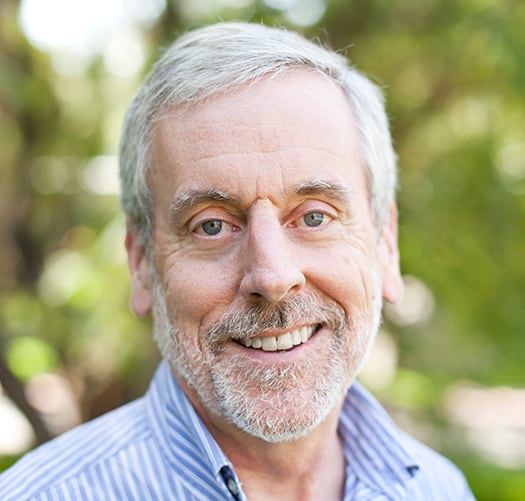Maps are widely regarded as objective and authoritative sources of information. Over the past decade, news and other information sources have often been distorted on social media, eroding their authority. It’s our hope that we can help avoid a similar erosion of cartographic credibility by drafting this “Mapmaker’s Mantra.”
The Mantra is not a code of ethics for cartography. It focuses solely on mapmaking, not the many other facets of cartography. It aims at the making of maps that convey authoritative information, not maps for advertisements, propaganda, and the like. Its goal is to preserve the authority of maps by reminding the mapmaking community of their ethical and moral responsibility to tell the truth with maps.
The Mapmaker’s Mantra
Maps made ethically convey their message accurately, justifiably, and thoroughly. As a mirror of the world, they help people to develop deeper geographic understanding which can lead to wiser spatial decision making. Thus, ethical mapmakers recognize the power of maps and do not accept incautious practices in their own work or the work of others. Widespread ethical mapmaking will ensure that the authority of maps endures.
This Mapmaker’s Mantra is presented with the intention of reinforcing ethical behavior in mapmaking:
- Be Honest and Accurate: The highest objective and primary obligation of ethical mapmakers is to communicate information in the most accurate and understandable way. They strive for veracity and verifiability in all aspects of their mapmaking.
- Be Transparent and Accountable: Ethical mapmakers take responsibility for their work and are open and transparent about their sources and decisions. They accept that neither speed nor format forgive accountability.
- Minimize Harm and Seek to Provide Value: Ethical mapmakers treat sources, subjects, colleagues, and members of the public with respect; they promote equity, inclusion, and empathy. They strive to make maps of value to increase understanding and provide insights.
- Be Humble and Courageous: Ethical mapmakers humbly admit when they get it wrong and gently point out when others get it wrong. They have the courage to admit when they do not know something and call on others when their own skills or knowledge are insufficient.
These basic guiding principles give rise to and provide the justification for rules that help guide and assess a mapmaker’s decisions. Resources related to the rules provide a better understanding of and/or practical experience with the skills needed for ethical mapmaking. The Mapmaker’s Mantra will link to existing rules and resources created or endorsed by professional cartography and GIScience organizations.
What’s Next?
To support discussion and collaboration, we created a user group that will soon go live on the Esri Community called “Ethics in Mapping,” where ideas, guidelines, and best practices can be shared. We can use this community to have conversations, upload files, collaborate on documents, and share videos and other media. The community is also where we can share the links to existing rules and resources.
Knowing how to act ethically is not always obvious. As a community, we can discuss and explore the challenges, requirements, and best practices for ethical mapmaking. Come join us!
Thanks to Charlie Frye, Mark Harrower, and Jim Herries for their comments on early drafts of The Mantra.
Cover image source: Garrett Sears, unsplash.com


Article Discussion: